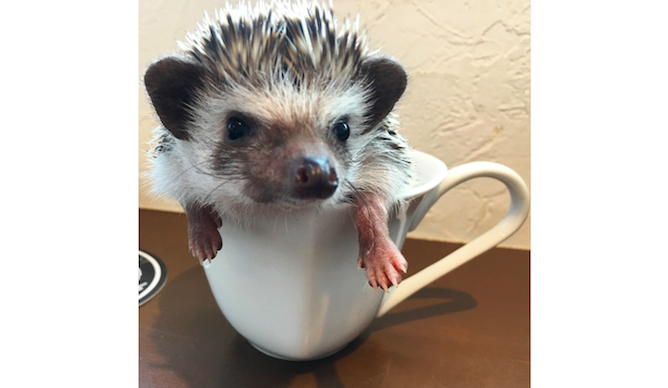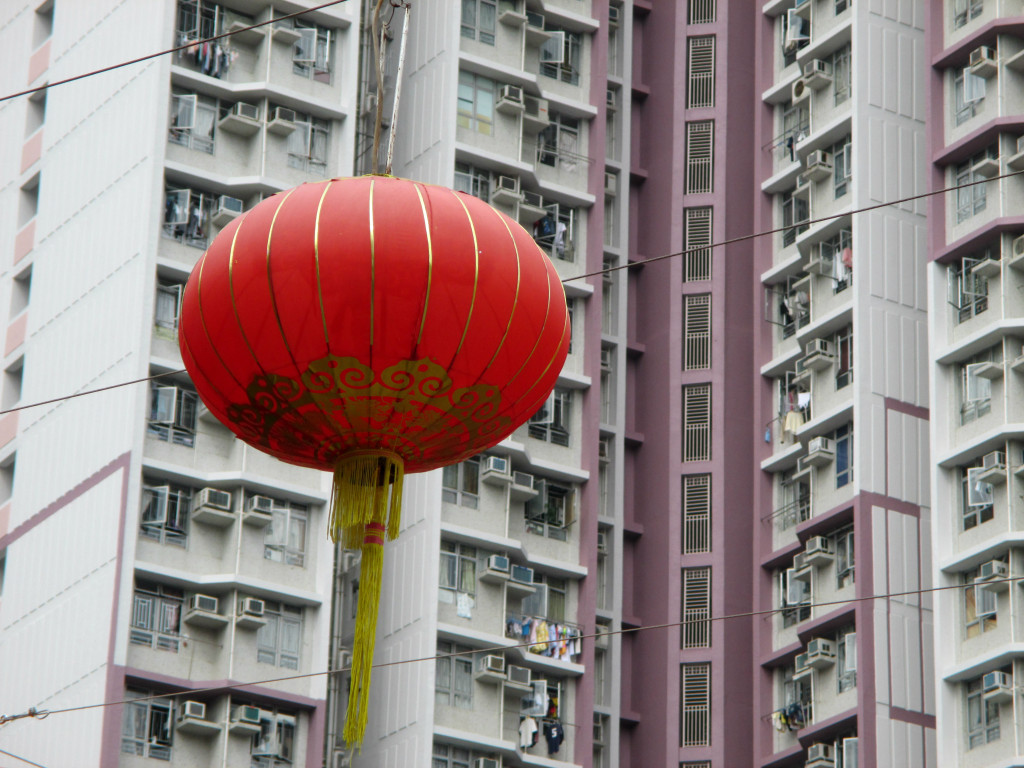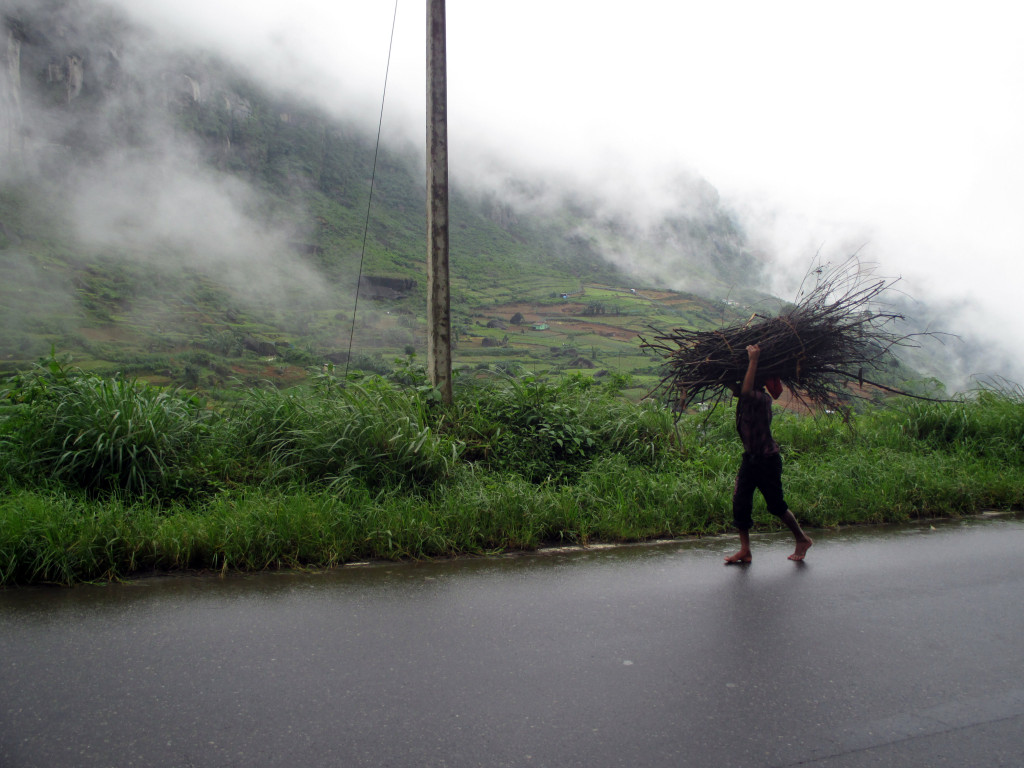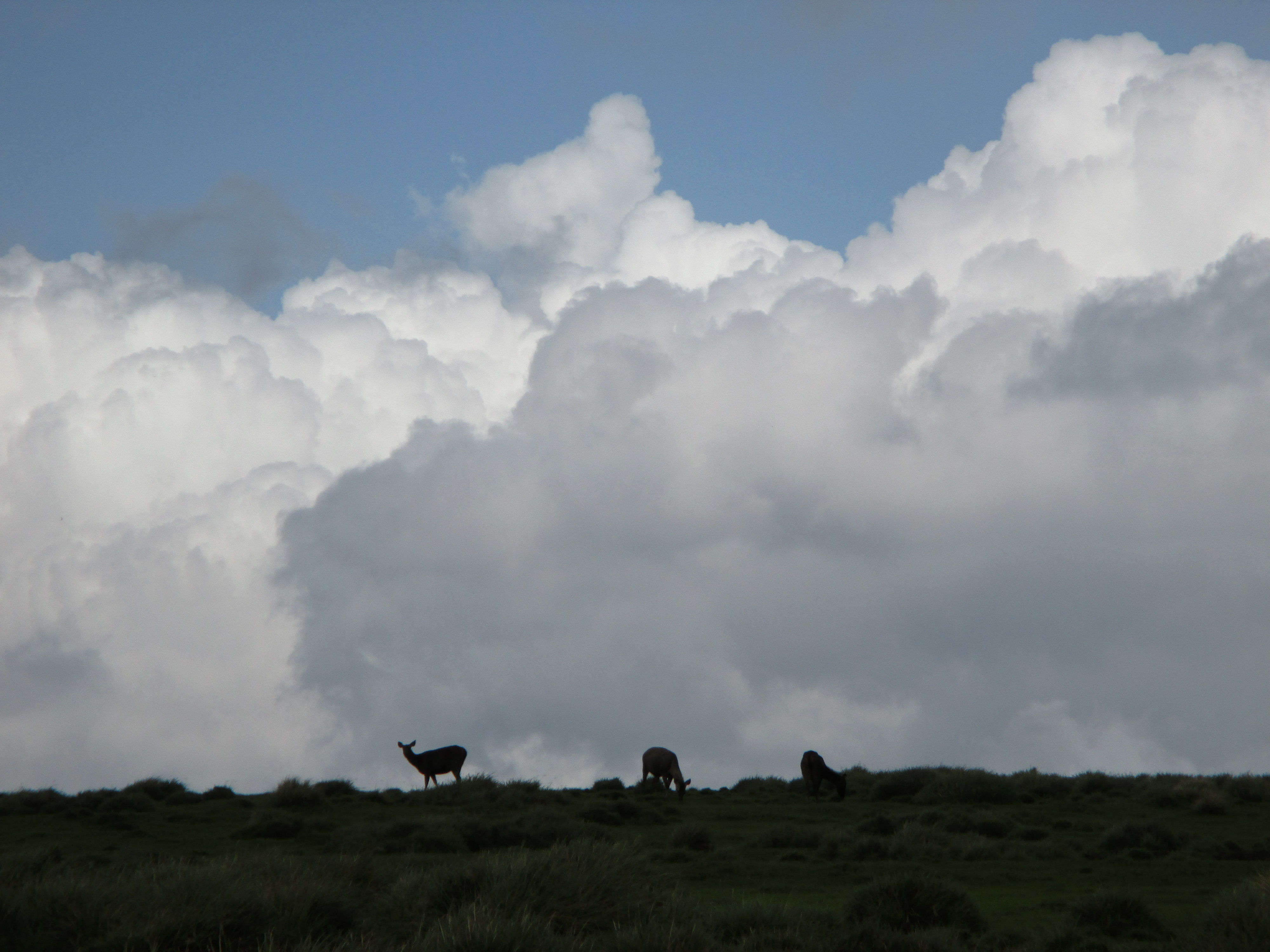Published on June 1, 2017 in the Singapore American Newspaper:

There is no green tea in this picture. But there’s a hedgehog, so…y’know, same same.
Confession: I’m a tea snob. I turn my nose up at grocery store brands, trumpet the superiority of loose-leaf tea over teabags, and was co-head of Bard College’s High Tea Club for three years. It’s easier to make-do with a subpar black tea, as milk and sugar can be added. But a subpar green tea, which ought to have a delicate aroma and layered body of flavor, is intolerable. Often, the problem is the water. Boiling water (212°F) will actually scorch green tea leaves, diminishing their delicate flavor. According to the master tea blenders at Harney & Sons, the prime temperature at which to steep green teas is between 160°F and 190°F.
I’m not alone in my obsession. Tea has been around for a long while. Estimated to have been discovered in 2700 BC, it is one of the oldest beverages in the world. As legend goes, some tea leaves accidentally blew into Chinese Emperor Shennong’s pot of boiling water and voila! Tea became widely popular throughout North America in the 1600s, but the 1773 Boston Tea Party, a precipitating event of the American Revolution, branded tea drinking as unpatriotic. To this day, coffee remains more popular than tea in the United States. Due to Cold War complications, green tea in particular was difficult to find in the U.S. owing to a ban on trade with China, which was lifted in 1971. Since then, tea has grown in popularity and the American tea market quadrupled between 1993 and 2008, a period when antioxidants entered our common lexicon.
As with most trendy health foods, the benefits of green tea are widely misquoted and often exaggerated. Clinical trials have found the effects of green tea consumption to be inconsistent or nonexistent when it comes to weight loss, inflammation or cancer prevention. However, there are proven health benefits of green tea. A 2015 meta-analysis in the British Journal of Nutrition found that one cup of green tea per day was linked to a 4% lower risk of death from any medical cause, but is especially useful for averting cardiovascular disease.
You may have heard that tea is the number one most consumed beverage in the world (excluding water, of course). This claim was first made back in 1911 by British scientist John McEwan. Surprisingly, it holds true, especially if all varieties of tea are treated as a single beverage. According to the Food and Agriculture Organization of the United Nations, China remains the largest tea producing country, accounting for more than 38% of the world’s total, with India in second, followed by Kenya and Sri Lanka. Japan, however, is the second-largest producer of green tea. Global tea consumption has also been steadily rising in recent years. In 2013 alone, China was recorded to have produced 1.9 million tons of tea and have consumed 1.61 million tons. This makes China the largest consumer of tea by far, though Turkey consumes the most tea per person: about 7 pounds per year. While temperate Ireland and the UK are second and third after Turkey, the tea plant itself needs a hot, humid climate to thrive. This geographical limitation means that ideal growing conditions and tea production are at risk from the effects of climate change. Just one more reason to be environmentally-conscious. Living green means being able to continue drinking green.




